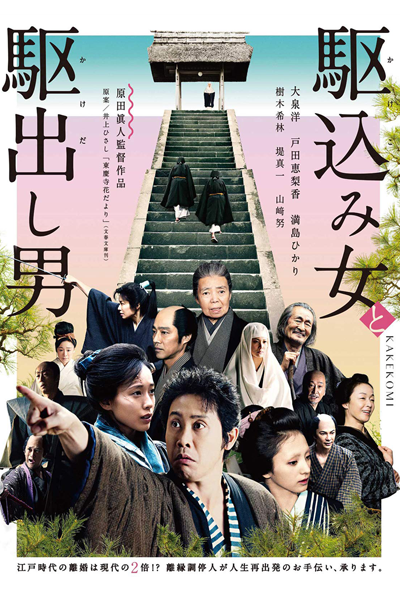
Kakekomi (2015)
The story is set in the late Edo period when the divorce rate was two times higher than the present.
In the feudal Japanese society, men could easily divorce their wives whereas wives had great difficulty to exercise the same act. Many women found solace at a women’s Buddhist temple in Kamakura named Tokei-ji, where, after two years of servitude, their husbands were forced to sign divorce papers. The three inns located in the area beneath the temple functioned as the front offices, with Tokei-ji accepting only women who have been approved by them first.
The year is 1841. Tokugawa Shogunate has issued sumptuary regulations as part of Tempo reforms, making the lives of common people even worse. Nakamura Shinjiro is a literary writer and doctor-in-training, residing in Edo. In light of the recent events, Shinjiro escaped to an inn at Tokei-ji temple which is run by his aunt, Kashiwaya Genbei.
Jogo is aiming for Tokei-ji in search of a divorce from her abusive husband who is exploiting her for the family business. Ogin is a former courtesan who has abandoned the love of her life, a wealthy merchant, for some unknown reasons. The two women come across in their journey to Tokei-ji. There, Jogo and Ogin meet Shinjiro, his aunt and the others who are trying to help the women with various ideas to start a new life.
Cast more
-

Oizumi Yo (1973)
-

Toda Erika (1988)
-

Mitsushima Hikari (1985)
-
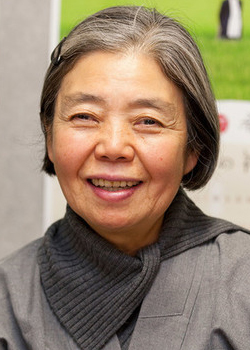
Kiki Kirin (1943)
-

Uchiyama Rina (1981)
-
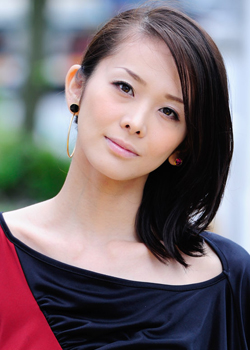
Hizuki Hana (1980)
-
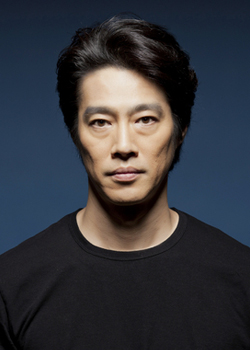
Tsutsumi Shinichi (1964)
-

Takeda Shinji (1972)
-
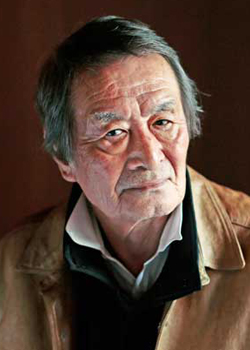
Yamazaki Tsutomu (1936)
-

Otori Rei (1973)
-
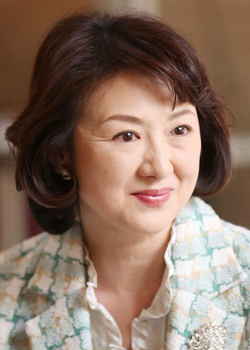
Akama Mariko (1970)
-

Kiba Katsumi (1949)
-
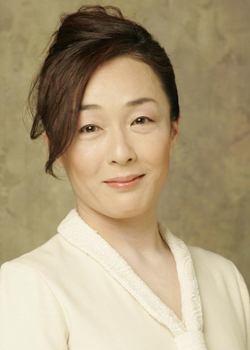
Kimura Midoriko (1961)
-

Lee Hyeon Ri (1986)
-
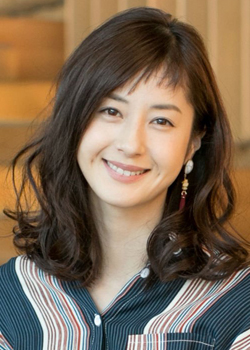
Matsumoto Wakana (1984)
-
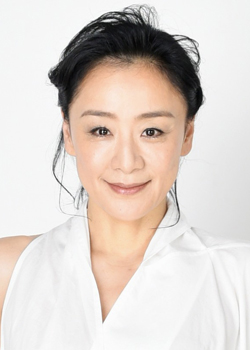
Kanno Misuzu (1966)
-

Matsuoka Tetsunaga (1969)
-
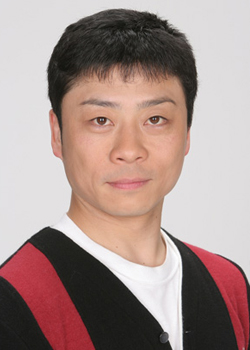
Hashimoto Jun (1964)
-
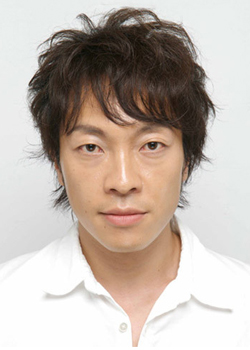
Otoo Takuma (1976)
-
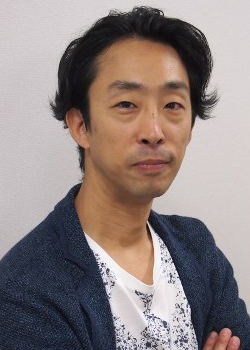
Kitamura Yukiya (1974)
-
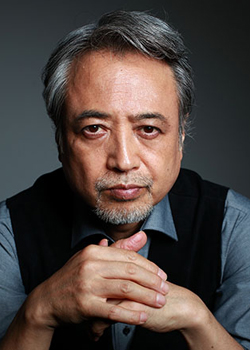
Nakamura Ikuji (1953)
-
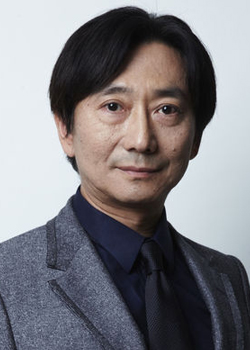
Yamazaki Hajime (1957)
-

Miyamoto Yuko (1969)
-

Maro Akaji (1943)
-
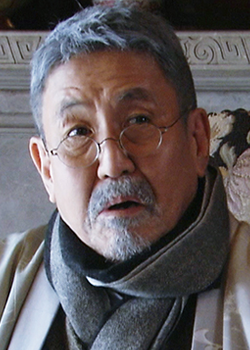
Nakamura Katsuo (1938)
-
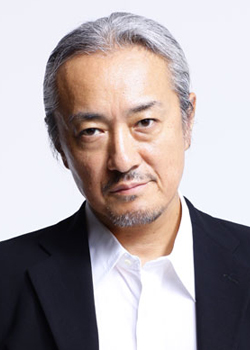
Yamaji Kazuhiro (1954)
-

Denden (1950)
-
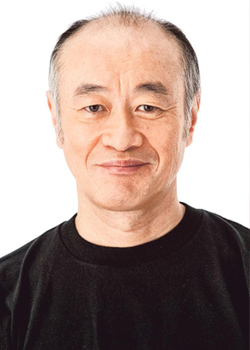
Inoue Takashi (1960)
-

Nakajima Kotaro (1967)
-

Takahata Atsuko (1954)
-
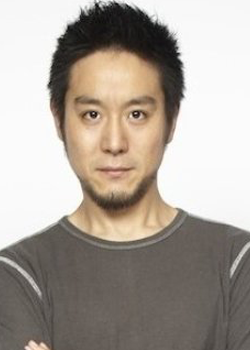
Harada Eugene (1977)
Trailer
Ongoing Drama
more-
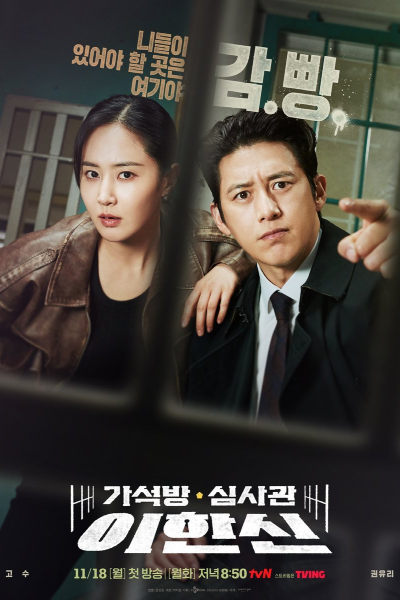
Parole Examiner Lee (2024)
-

Face Me (2024)
-

Mr. Plankton (2024)
-

The Fiery Priest Season 2 (2024)
-

Jeongnyeon: The Star Is Born (2024)
-

Family by Choice (2024)
-

See Her Again (2024)
-
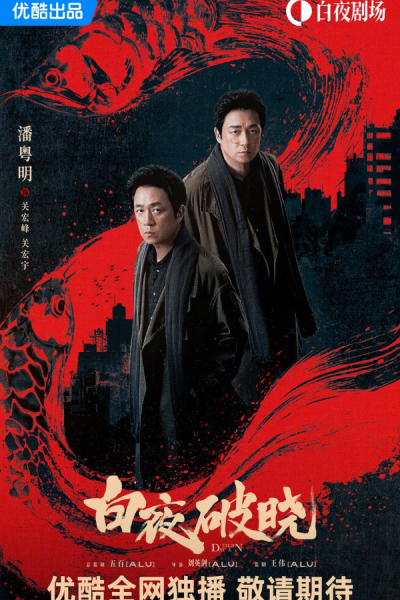
Day and Night Season 2 (2024)
-

Bangkok Blossom (2024)
-

Memory in the Letter (2024)
-

The Cheating Heist (2024)
-

The Opera of Love (2024)
Genres
- Accident
- Action
- Adventure
- Alien
- Amnesia
- Ancient legend
- Animals
- Animation
- Arthouse
- Artificial Intelligence
- Award Winning
- Based on a Comic
- Based on True Story
- Betrayal
- Biography
- BL
- Bodyguard
- Bromance
- Business
- Chambara
- Childhood
- Christmas
- Cohabitation
- Cold Man
- Coma
- Comedy
- Concert
- Conglomerate
- Conspiracy
- Contract Relationship
- Corruption
- Crime
- Criminal
- Curse
- Dance
- Deity
- Demon
- Detective
- Disability
- Disaster
- Documentary
- Drama
- Eastern
- Educational
- Entertainment
- Environment
- Erotica
- Espionage
- Exorcism
- Exploitation
- Fairy
- Family
- Fantasy
- Fashion
- Feminism
- Food
- Foreign
- Friendship
- Game Developer
- Gangster
- Geishas
- Gore
- Goryeo Dynasty
- Grudge
- Gumiho
- Harem
- Hidden Identity
- Historical
- Horror
- Hostage
- Human
- Hypnotism
- Idol Drama
- Indie
- Instructional
- Investigation
- Jidai Geki
- Josei
- Kidnapping
- Kung Fu
- Law
- legal
- Lesbian
- LGBTQ+
- life
- Love Triangle
- Mafia
- Magic
- Manga
- Manhua
- Martial Arts
- Mature
- Medical
- melodrama
- Mermaid
- Military
- Miniseries
- Misunderstanding
- Monster
- Murder
- Music
- Musical
- Mystery
- Mythology
- Nature
- Neighbours
- Noir
- Novel
- Omnibus
- One shot
- Parody
- Phobia
- Poison
- police
- political
- Power Struggle
- Prison
- Professional
- Programmer
- psychiatry
- Psychological
- Reality
- Reality Show
- Reality TV
- Rebellion
- Religion
- Remake
- Republic
- Resurrection
- Revenge
- Rich Man
- Robot
- Romance
- RPG
- Rural
- Samurai
- Scholar
- School
- Sci-fi
- Seinen
- Serial Killer
- Short
- Sismance
- Sitcom
- Slapstick
- Slice of Life
- Society
- Soulmates
- Sports
- Supernatural
- Survival
- Suspense
- Swordsman
- Taiga drama
- Teamwork
- Tearjerker
- Teen
- Terrorist
- Thief
- Thriller
- Time Travel
- Tokusatsu
- Tomboy
- Tragedy
- Tragic Past
- Transmigration
- Trauma
- Treason
- Triad
- Underworld
- Unrequited Love
- urban drama
- Vampire
- Variety
- Variety show
- War
- Warrior
- Web Series
- Webtoon
- Werewolf
- Western
- Witch
- Workplace
- Wuxia
- Yakuza
- Yaoi
- Youth
- Yuri
- Zombie

